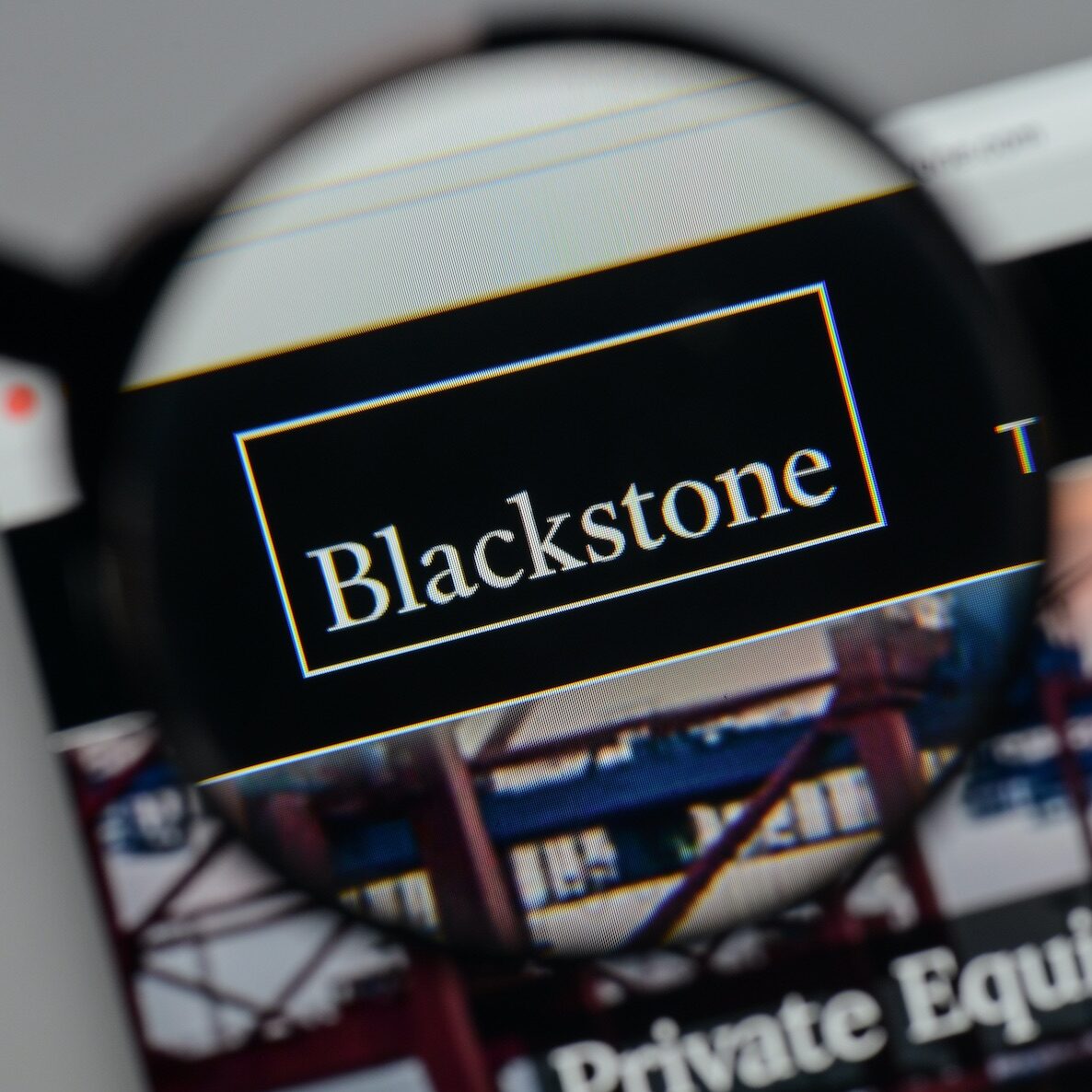The Biotechnology Innovation Organisation (BIO) has released a new report – Emerging Therapeutic Company Investment and Deal Trends – highlighting ten years (2006-2015) of biotechnology funding and deal making across five areas: venture capital, IPOs, follow-on public offerings, licensing, and acquisitions.
The report also offers clinical pipeline snapshots to provide context on the degree of industry partnering and the contribution of emerging companies.
“Investment and licensing are the lifeblood of today’s emerging biotechnology companies searching for cures and treatments for patients suffering from devastating and life-threatening diseases,” says Cartier Esham, PhD, BIO’s Executive Vice President, Emerging Companies. “This data will deepen our understanding of investor behaviour and deal making trends, a critical consideration for those seeking to encourage medical innovation and unleash the full potential for biotechnology for patients in need of new treatment options.”
2015 was the best year on record for US venture capital, with just under USD7 billion raised. Funding of immuno-oncology and neurodegenerative disease companies helped drive this all-time high. Investment in treatments for neurological diseases continued to rise. However, a few disease areas affecting large populations (endocrine, respiratory and gastrointestinal) continue to see declines in recent years.
Series A financing nearly doubled from 2014 to 2015. The number of first-time Series A investments reached 80 for the first time in nine years.
The IPO market has continued to be strong since the passage of the JOBS Act in 2012. In 2015, 39 US emerging therapeutic companies listed on public exchanges, while follow-on-public offerings (FOPOs) by US emerging companies set a record high in 2015, with USD16.1 billion raised. In addition, 2015 saw an all-time high of USD7.1 billion for upfront payments in R&D-stage licensing deals, and acquisitions of R&D-stage companies in 2015 raised USD26.3 billion in upfront payments, a record high.
“Overall, this report shows that the state-of-the-industry has been strong in recent years and we expect to hear about recent success stories at next month’s BIO International Convention in San Francisco,” says Esham. “With 2016 bringing its own set of challenges, we are confident that partnerships formed at the Convention this year will play a critical role in ensuring that emerging companies have the capital and strategic relationships necessary to develop the next generation of groundbreaking medical innovation.”






